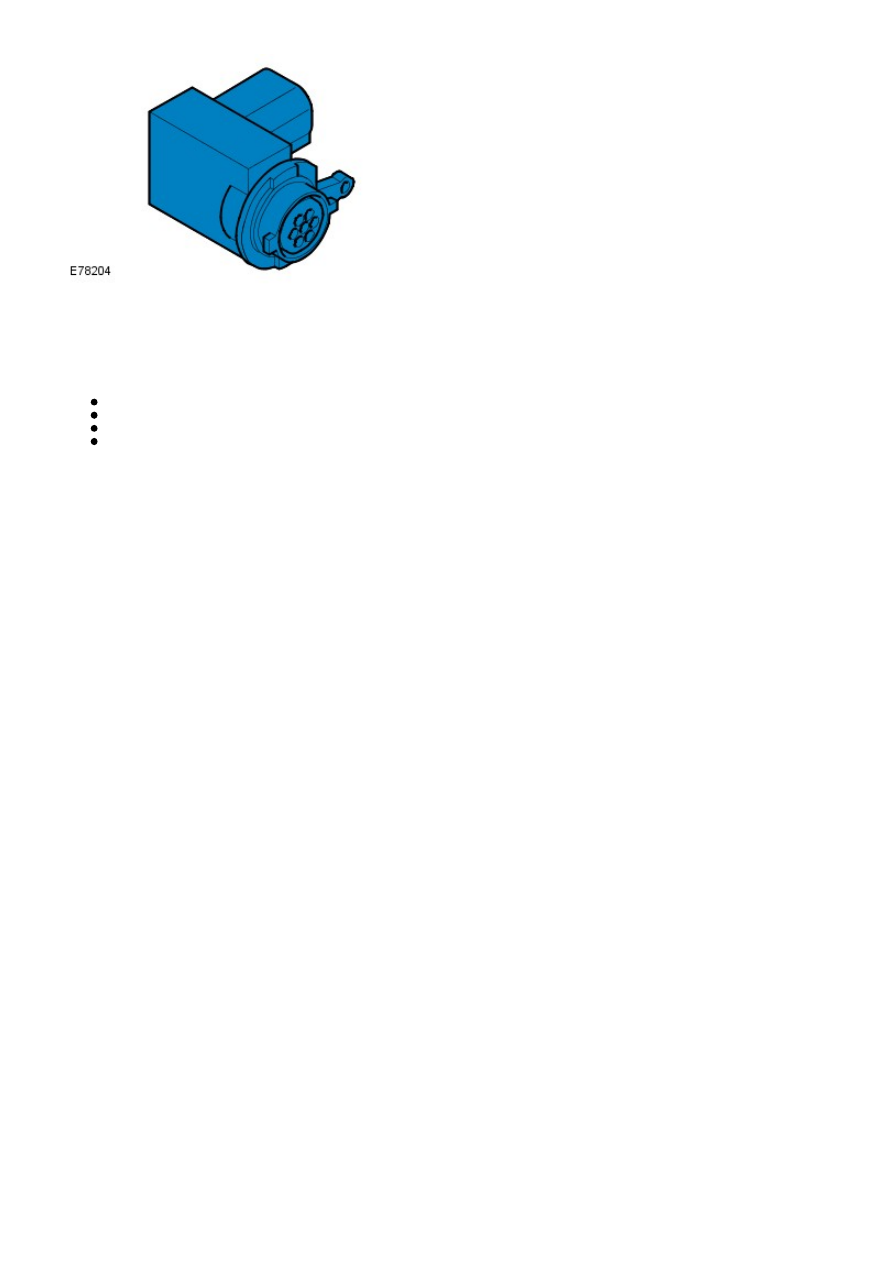Frelander 2. Manual - part 413

The pollution sensor allows the ATC module to monitor intake air for the level of carbon monoxide (CO) and oxides of nitrogen
(NOx). The sensor is mounted on the RH side of the heater casing.
• NOTE: The pollution sensor is an optional fit on vehicles with a dual zone, automatic climate control system.
The pollution sensor is provided an ignition controlled feed from the Battery Junction Box (BJB) and provides one of the
following 4 signals to the ATC module based on ambient air quality:
Static or reduced pollution levels
Small increase in pollution levels
Medium increase in pollution levels
Rapid or large increase in pollution levels.
Based on the signal from the pollution sensor, the ATC module is able to control the intake air source to reduce the amount of
contaminants entering the cabin. This function is fully automatic, but can be overridden by manual selection of the air intake
source using the fresh/recirculated air switch on the control panel.
CONTROL DIAGRAM
• NOTE: A = Hardwired; D = High Speed CAN bus; N = Medium Speed CAN bus; O = LIN bus